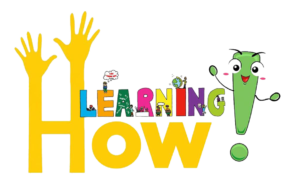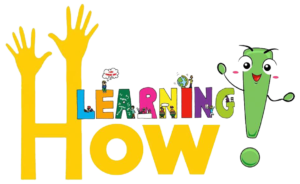The Role of Games and Simulations in Education
The Role of Games and Simulations in Education

The Role of Games and Simulations in Education
Games and simulations have been used as educational tools for many years. They are increasingly popular because they offer an interactive and engaging approach to learning. In this blog, we will explore the role of games and simulations in education, the benefits they offer, and how they can be integrated into the learning environment.
What are Games and Simulations?
Games and simulations are interactive tools designed to help individuals learn by providing an immersive and engaging experience. Games are typically played for entertainment, but when used in an educational setting, they are designed to help learners develop specific skills or knowledge. Simulations, on the other hand, are designed to replicate real-world scenarios and allow learners to practice and apply their skills in a safe and controlled environment.
The Benefits of Games and Simulations in Education
There are several benefits to using games and simulations in education, including:
Engagement
Games and simulations are inherently engaging. They offer learners an immersive and interactive experience that motivates them to participate and stay focused on the learning material.
Active Learning
Games and simulations encourage active learning. Learners are required to actively participate in the learning process, which can improve retention and understanding of the material.
Real-World Application
Simulations provide learners with the opportunity to practice and apply their skills in a safe and controlled environment. This can help learners feel more confident and prepared when they encounter real-world situations.
Personalized Learning
Games and simulations can be customized to meet the specific learning needs of individual learners. This allows learners to work at their own pace and receive personalized feedback and support.
Integrating Games and Simulations into the Learning Environment
Games and simulations can be used in a variety of ways to enhance the learning experience. They can be integrated into the classroom as a supplement to traditional teaching methods or used as a standalone learning tool.
Online Learning Platforms
Online learning platforms offer a variety of games and simulations that can be used to supplement traditional learning methods. These platforms allow learners to access educational materials from anywhere and at any time, making learning more accessible and convenient.
Mobile Learning
Mobile learning apps can be used to deliver games and simulations to learners on their smartphones or tablets. This allows learners to access educational content on-the-go, making learning more flexible and convenient.
Virtual Reality
Virtual reality (VR) is a powerful tool for delivering immersive and interactive learning experiences. VR can be used to create simulations that replicate real-world scenarios, allowing learners to practice and apply their skills in a realistic and engaging environment.
Games and simulations have a valuable role to play in education. They offer an interactive and engaging approach to learning that can improve retention and understanding of the material. As technology continues to evolve, we can expect to see even more innovative games and simulations that offer new and exciting ways to learn.
If you’re an educator or a learner looking to enhance your learning experience, consider incorporating games and simulations into your learning environment. By doing so, you can make learning more engaging, interactive, and effective.










Leave a Reply
Want to join the discussion?Feel free to contribute!